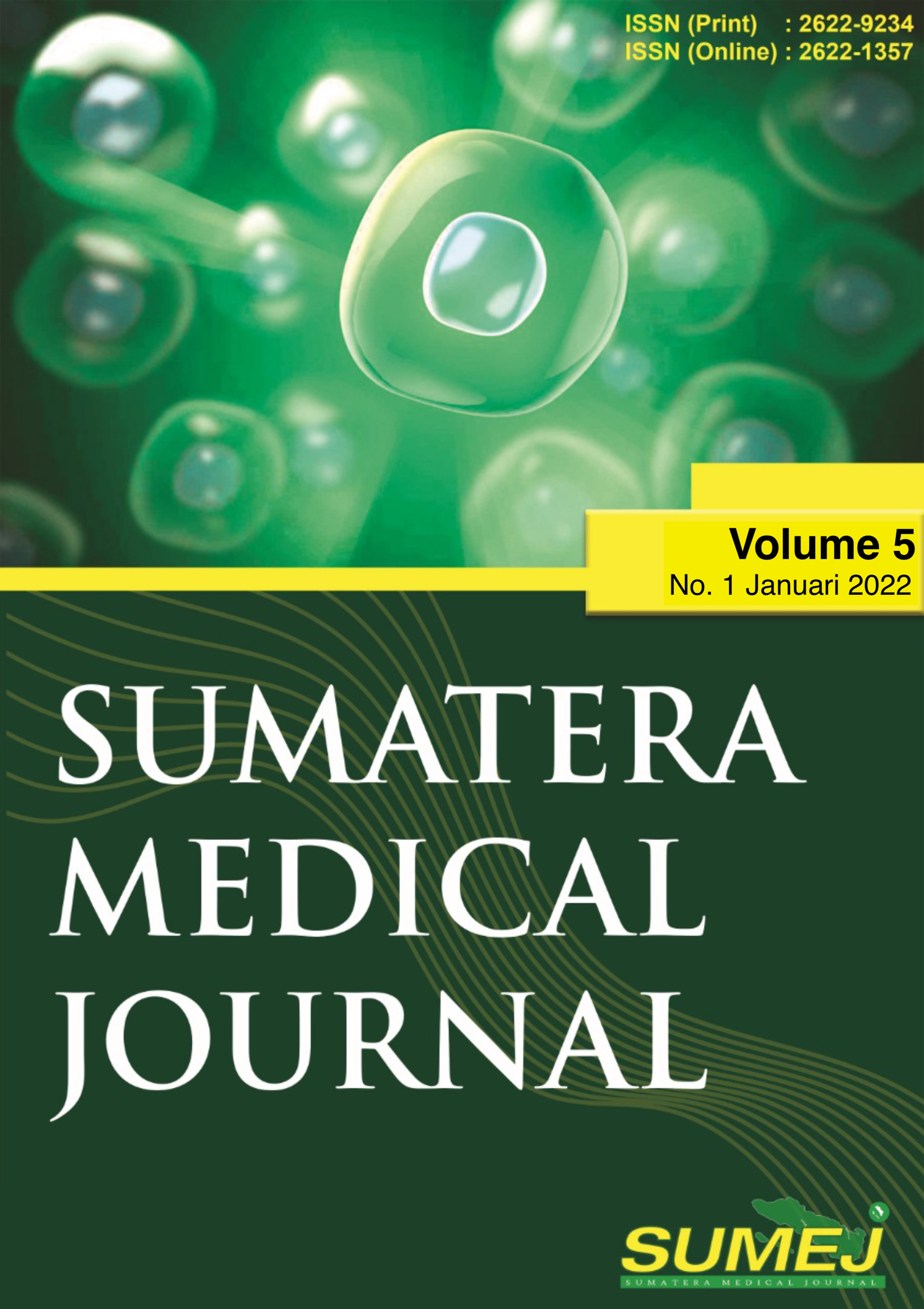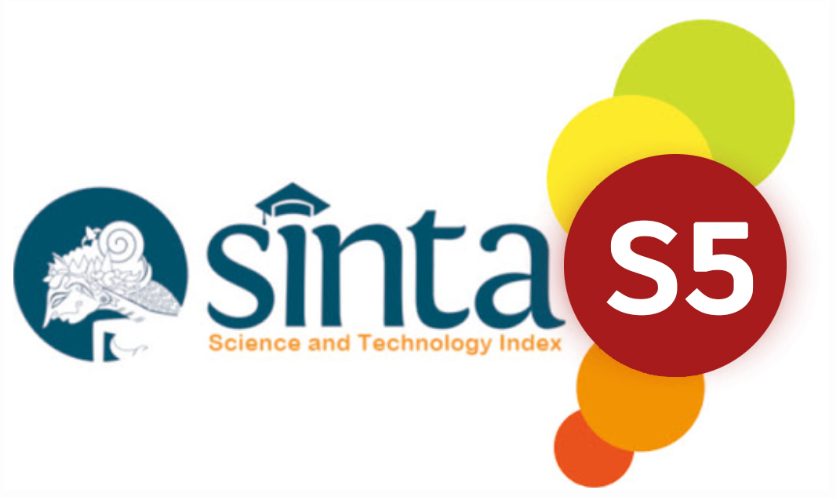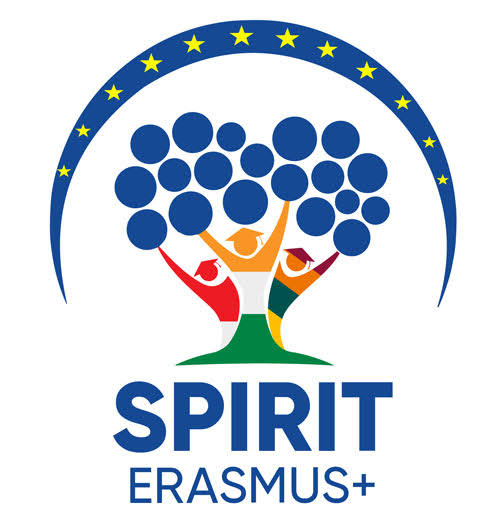The Overview of Student Knowledge about The Importance of Inverted Pyramid Antenatal Care at Faculty of Medicine, Universitas Sumatera Utara
Gambaran Pengetahuan Mahasiswa tentang Pentingnya Antenatal Care Piramida Terbalik di Fakultas Kedokteran, Universitas Sumatera Utara
DOI:
https://doi.org/10.32734/sumej.v5i1.7846Keywords:
Early Pregnancy Complication, Inverted Pyramid Antenatal Care, Nuchal Translucency, Nasal Bone, Doppler UltrasonographyAbstract
Introduction. The old model antenatal care/simple pyramid in 1929 based on the third trimester, contributed substantially to the reduction of maternal and newborn mortality. Along with the development of science and technology, many complications of pregnancy including fetal abnormalities, miscarriage, stillbirth, preeclampsia, premature delivery, gestational diabetes, fetal growth disorders, and macrosomia can be detected in the first trimester. Therefore, the inverted pyramid antenatal care was developed with early detection of risk factors and complications at 11-13 weeks of gestation. However, the application of the inverted pyramid antenatal care in Indonesia has not been implemented and there is a lack of socialization about the importance of the inverted pyramid antenatal care. Objectives. The purpose of this research was to describe knowledge about importance of inverted pyramid antenatal care in student generation 2018-2020 of Faculty of Medicine Universitas Sumatera Utara. Methods. This research used a descriptive analytic study with cross sectional approach and primary data was collected using online questionnaire. Results. There is no significant difference about descriptions of knowledge between student of 3rd semester, 5th semester. and 7th semester. From 126 subjects, 77 subjects (61,1%) use more than one source of information. Conclusion. Student of generation 2018-2020 of Faculty Medicine Universitas Sumatera Utara have a good knowledge about the importance of inverted pyramid antenatal care by involving more than one source of information
Downloads
References
Indonesia. Departemen Kesehatan Republik Indonesia, Profil Kesehatan Indonesia 2018. Jakarta : Kemenkes RI; 2019.
ASEAN Secretariat, ASEAN Statistical Report on Millennium Development Goals 2017. Jakarta : ASEAN Secretariat; 2017.
M. M. Islam and M. S. Masud, “Health care seeking behaviour during pregnancy, delivery and the postnatal period in Bangladesh: Assessing the compliance with WHO recommendations,†Midwifery, 63, pp. 8–16. doi: 10.1016/j.midw.2018.04.021. 2018.
E. Goemawati and T. W. Kristy, “the Equity of Antenatal Care Standard in Different Ages,†JAKI, 7(1), p. 60. doi: 10.20473/jaki.v7i1.2019.60-65. 2019.
K. H. Nicolaides, “A model for a new pyramid of prenatal care based on the 11 to 13 weeks’ assessment,†Prenat Diagn, 31(1), pp. 3–6. doi: 10.1002/pd.2685. 2011.
K. H. Nicolaides, “Turning the pyramid of prenatal care,†Fetal Diagn Ther, 29(3), pp. 183–196. doi: 10.1159/000324320. 2011.
Nursalam, Konsep dan penerapan metodologi penelitian ilmu keperawatan, Salemba Medika, Jakarta. 2011.
P. F. Rumahorbo, “Gambaran Tingkat Pengetahuan Mahasiswa Fakultas Kedokteran USU Tentang Pemanfaatan Ultrasonografi pada Antenatal Care,†Repositori USU, Medan. 2021.
Downloads
Published
How to Cite
Issue
Section
License
Copyright (c) 2022 Sumatera Medical Journal

This work is licensed under a Creative Commons Attribution-NonCommercial-NoDerivatives 4.0 International License.
The Authors submitting a manuscript do so on the understanding that if accepted for publication, copyright of the article shall be assigned to Sumatera Medical Journal (SUMEJ) and Faculty of Medicine as well as TALENTA Publisher Universitas Sumatera Utara as publisher of the journal.
Copyright encompasses exclusive rights to reproduce and deliver the article in all form and media. The reproduction of any part of this journal, its storage in databases and its transmission by any form or media, will be allowed only with a written permission from Sumatera Medical Journal (SUMEJ).
The Copyright Transfer Form can be downloaded here.
The copyright form should be signed originally and sent to the Editorial Office in the form of original mail or scanned document.











